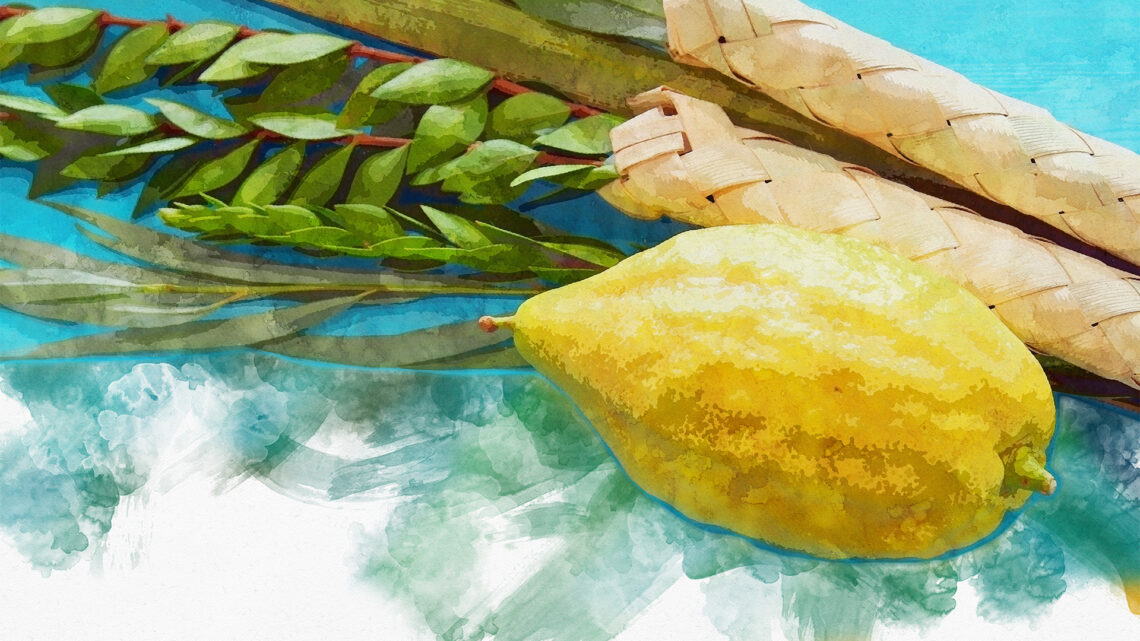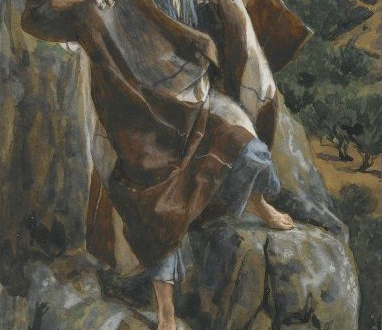-
The Feasts of Israel – Dedication (Hanukkah)
(18) These are the Lord’s appointed times, holy assemblies, which you must proclaim at their appointed time. (Leviticus 23:4 NET)
-
The Feasts of Israel – Booths (Tabernacles)
These are the Lord’s appointed times, holy assemblies, which you must proclaim at their appointed time. (Leviticus 23:4 NET)
-
The Feasts of Israel – The Day of Atonement(s)
These are the Lord’s appointed times, holy assemblies, which you must proclaim at their appointed time. (Leviticus 23:4 NET)
-
The Feasts of Israel – Trumpets
These are the Lord’s appointed times, holy assemblies, which you must proclaim at their appointed time. (Leviticus 23:4 NET)
-
Shofar and Trumpet
Sacred musical instruments that are often used in military and ritual settings by the nation of Israel. (4)
-
Iron
The chemical element iron is the fourth most common element in the Earth’s crust and the second most abundant metal. (3) On the Earth iron occurs mainly in iron-oxide ores. One of these ores is lodestone, or magnetite, named for its property of magnetism. Hematite is the most plentiful ore, but it contains less iron than magnetite. Limonite and siderite are less abundant ores of iron. Iron, alloyed with nickel, is also found in meteorites. (11) Iron was used by early people. Its chemical symbol, Fe, is taken from the Latin ferrum. The name iron is from the Anglo-Saxon iren or isern. About 5 percent of the Earth’s crust is…
-
Linen
Linen (Linʹen) is a white textile material or cloth produced from yarn made from the fibers of the flax plant whose growth is described in the Old Covenant book of the Exodus.
-
Wood
Long before the dawn of recorded history wood was an essential raw material. It was burned to provide heat and manipulated to provide shelter. Wood is the hard, fibrous substance found beneath the bark in the stems and branches of trees and shrubs. However, practically all commercial wood comes from trees, not shrubs. Since a new tree can be grown where one has been cut, wood is considered a renewable natural resource. (6)
-
Stone
The main varieties of stone found in the Middle East are limestone, sandstone, and the volcanically produced and very hard basalt. These provided for everyday construction needs. Precious and semiprecious stones were frequently imported from various supply points (e.g., turquoise from the Sinai Peninsula). Ore-bearing stone-carrying copper and iron were located in the Middle East’s southern reaches and the Transjordan. (2)
-
Bronze
The Middle Bronze Age (2000–1500 BCE) saw the replacement of copper by bronze in the production of metal weapons, tools, jewelry, and vessels since bronze was harder than copper, which had been used earlier. Because of its qualities, bronze was used not only for weapons of war but also for decorations, since it could be burnished (i.e. rubbed until it was smooth, bright, and shiny) making it more attractive. (2)



































